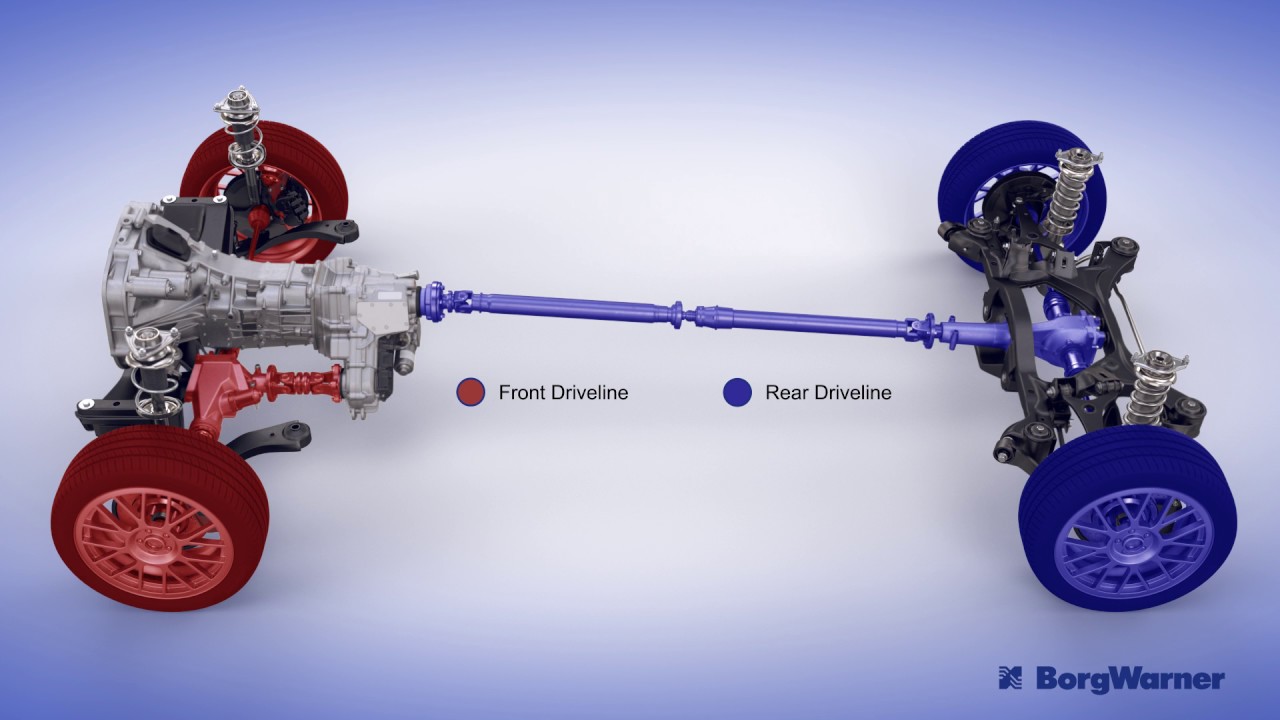I’ve only owned my 19 max (with the hd tow package) for about a month but so far I must say that I am not overly impressed with 4A. I live on a gravel road and my driveway is also gravel, long, somewhat steep in sections and has one big turn going up the hill. This section is definitely not steep. I engage the gravel/grass/snow mode before getting on my driveway. When I go around this turn about half the time the traction control light comes on and the power gets cut way down. I’m going no more than 10mph. It never feels like the front tires grab. There should be no way that the traction control light should come on in this situation if 4wd was truly working. At minimum the elsd should kick on, right?….and front tires should pull me up. Next time I’m going to put the power distribution graphic on the display and see what happens. I engaged the elocker one time and won’t ever do that again going around that turn, it seemed like it struggled even more, likely because of the turn. I can zip right up my driveway with a front wheel or awd vehicle with zero traction issues.
The locker is for going in a straight line.


